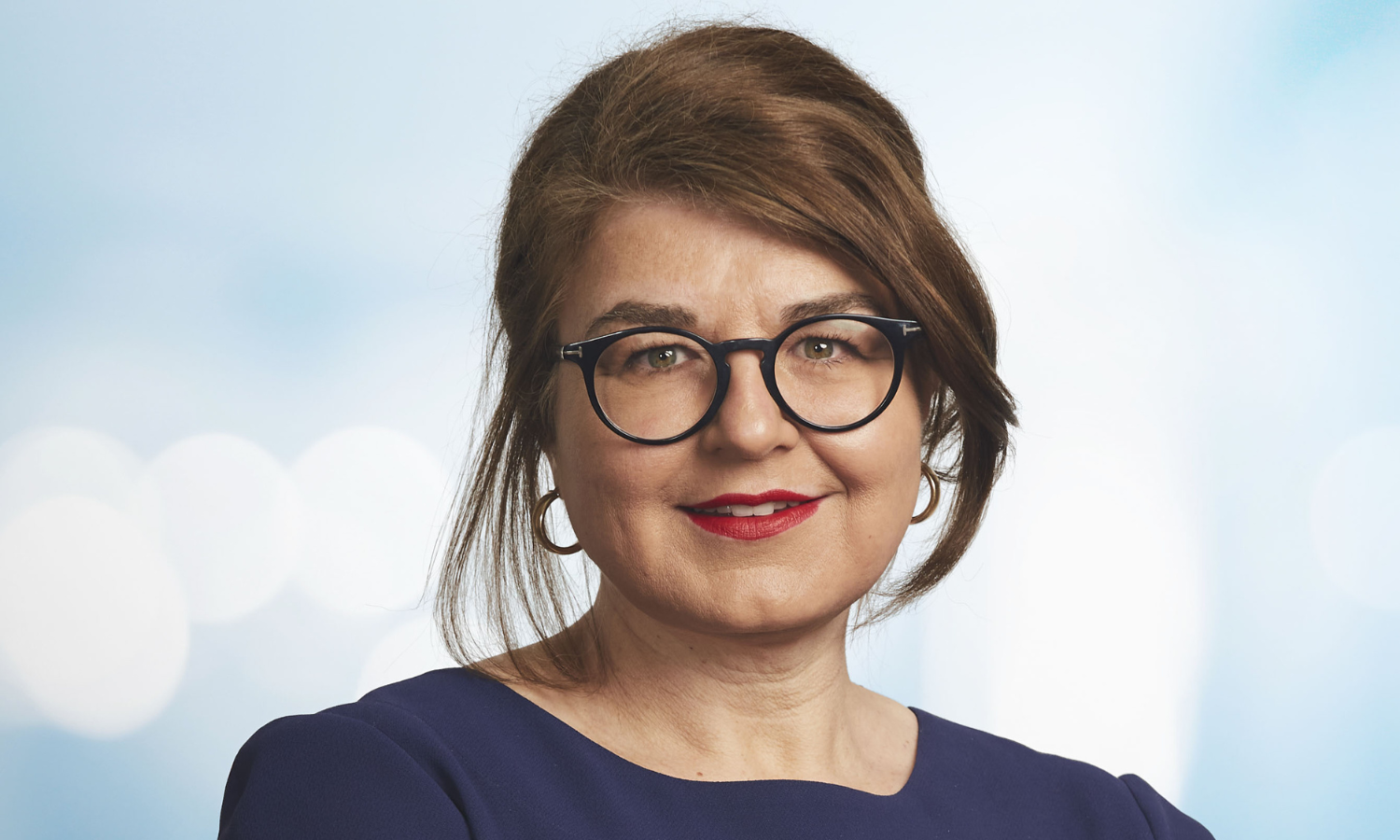

The first half of 2023 saw a widely anticipated worldwide dip in mergers and acquisitions (M&As). According to Clyde & Co’s, “Insurance Growth Report,” M&A deals were down 17% worldwide. APAC faired a little better with a 12% drop.
This descent contrasts sharply with last year’s record high. In August 2022, the international law firm’s same report said: “M&A in the global insurance industry reached the highest growth rate for 10 years.”
Another contrast is the situation in the insurance industry itself, including in Australia, where M&A deals have continued apace. For example, Marsh’s recent acquisition of Honan Insurance Group. Over in the UK, it was discussed whether these mergers are good or bad for the industry in the latest episode of IBTV.
The insurance industry’s deals may have helped keep Australia’s M&A from dipping as sharply as the global average. IB asked Clyde & Co’s Matt Ellis (pictured above), a specialist in corporate and regulatory law with a focus on M&A, what’s keeping the local deals going?
“While there has been a marked decline in M&A activity, a number of sectors have remained attractive investments despite the global economic headwinds,” said Melbourne-based Ellis. “Particularly, M&A activity in the energy and resources sector has remained reasonably strong, providing a counterbalance to more significant declines in sectors such as technology and consumer markets.”
He said a “confluence” of factors are causing more of a dip in other regions, including COVID-19 effects that are still playing out.
“The significant impact of COVID was exacerbated by inflationary pressures and responsive monetary policy seeing interest rate rises to levels not seen for over 20 years,” said Ellis. “This was occurring with the backdrop of significant geopolitical turmoil, most obviously in Europe.”
He said rising borrowing costs, a fall in consumer confidence and general uncertainty across global operations had led to conservative investment decisions, “including putting M&A on the backburner.”
In an IB article published in June, William Lewis, head of Asia-Pacific for Liberty Global Transaction Solutions (Liberty GTS), said the M&A insurance market in Australia and New Zealand had entered a new phase.
Lewis said new insurers and agents who set up operations in Australia last year following the M&A boom were likely not expecting interest rates and inflation to rise like they did. As a result, he suggested that uncertain times could lie ahead.
Ellis said he’s noticed the same trend: A range of MGAs operating in the transactional liability space have entered the Australian market.
“There are a number of reasons for that,” he said. “First, the Australian market is perhaps the most established W&I market [warranty and indemnity insurance] in the world, with most leading transaction lawyers in the country having a strong understanding of the product and a significant volume of deals utilising the product.”
The second reason, he said, is other markets have seen “significant” capacity increases creating downward pressure on rates and the need to diversify into other jurisdictions to get a better return on capital.
“Thirdly, there is a significant pool of talent in Australia that understand the product and can transition into underwriting, providing the expertise to underwrite deals across the APAC region,” said Ellis. “The economic downturn has probably meant that new market entrants have not captured the benefits they initially sought, but having now established a presence in Australia, are well positioned as market activity returns.”
In the Clyde & Co report, partner Eva-Maria Barbosa (pictured below), said “the lull in insurer M&A will be short-lived.”

Munich-based Barbosa is a regulatory expert and advises clients on transactions in the insurance sector.
“Given the time taken between announcement and completion of a deal is typically nine to 18 months, the number of completed deals we are seeing now reflects market sentiment from early 2022,” she said.
Barbosa said “uncertainty is the enemy of deal-making. She said that time included “an unprecedented level of uncertainty” following Russia’s invasion of Ukraine and the knock-on effects on the economy, “which spooked investors,” she said.
“Since then, the market has settled to a certain extent, and deals that had been put on hold are starting to progress,” said Barbosa. “M&A in Europe won’t reach the levels of 2022 again for some time but it will begin to pick up again in the second part of the year.”
She said Clyde & Co is already seeing transactions come back in the broker space, paving the way for carrier activity to follow.
Are you a stakeholder in the M&A insurance market? What’s the current biggest challenge? Please tell us below.
